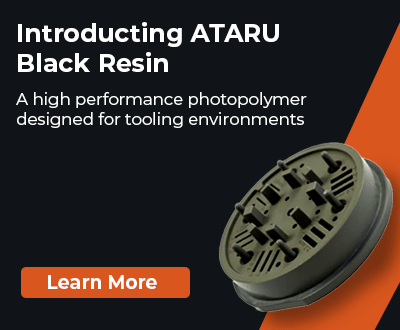3DExpress: Trumpf Sells off LPBF Business
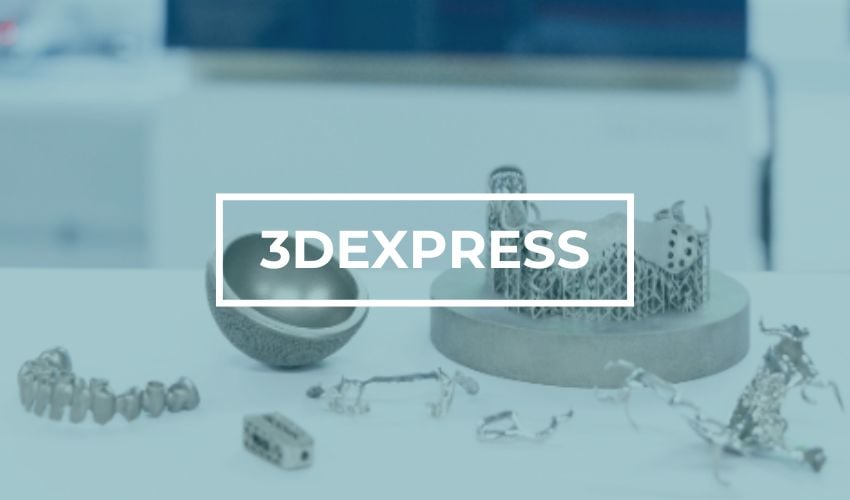
This week’s 3DExpress brings us some business updates: Trumpf is divesting from its laser powder bed fusion business, Autodesk is debating a takeover bid for software provider PTC Inc. and voxeljet is addressing its insolvency issues. Find out what these companies have in store, and then, read about a microscopic elephant figure that was 3D printed inside a live human cell, and finally, discover a unique 3D printed chair from a French design studio.
Trumpf Divests LPBF Printing Business
Earlier this week, the DUBAG Group announced that it was taking over the Laser Metal Fusion (LFM) division – Trumpf’s LPBF technology. This division is to be continued by the DUBAG Group from Italy as an independent company. This is aimed at reducing activities and focusing more on applications. It should help to make the Group one of the leading technology solution providers for metal 3D printing. In addition to the machines, customers should also benefit from application consulting, process development and automation solutions. The focus should be more strongly aligned to numerous verticals and their needs, including aerospace, medical technology, dentistry and industry. The transaction still has to be approved by the local authorities. It is also important to note that Trumpf will continue to run the laser metal deposition sector itself.
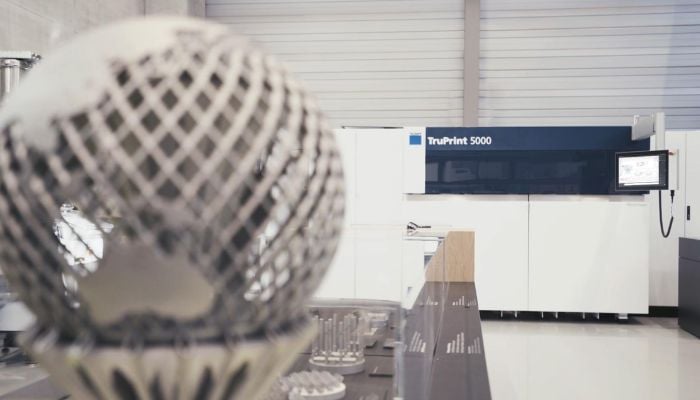
Photo Credits: Trumpf
Autodesk Debates Takeover Bid for PTC Inc.
Late this Wednesday, Bloomberg reported that Autodesk is considering acquiring its rival engineering-software provider, PTC Inc. Autodesk develops computer-aided design software applications for the architectural, engineering and manufacturing markets, including additive. Similarly, PTC provides 2D and 3D CAD, manufacturing and engineering software. According to Bloomberg, this deal would give Autodesk a 17% share of the $19 billion manufacturing software market, and the news didn’t come without impact: on Wednesday, Autodesk Inc. dropped 2.4%, closing at 307.27, while PTC Inc. stock rose 17.7% to close at 210.47. As of Thursday afternoon, Autodesk fell 6.52% to 287.24, and PTC came down 5.33% to 199.91. No final decision has been made, and Autodesk could decide against proposing a deal for PTC. The Bloomberg report also noted that other industry players were also interested in PTC.
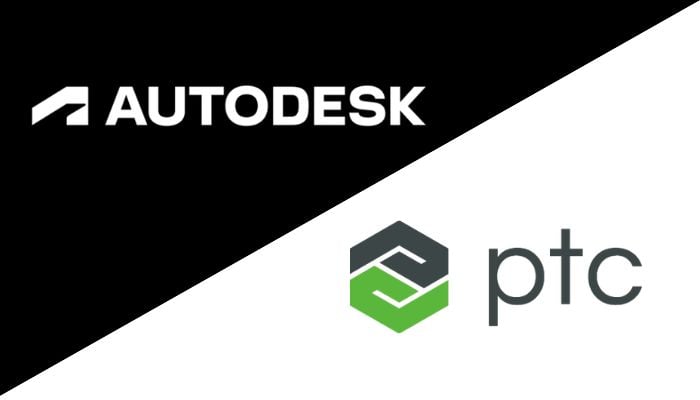
Restructuring Package for voxeljet
As reported in recent months, insolvency proceedings have been initiated at voxeljet, a major German manufacturer of industrial 3D printers. The Munich Local Court has now approved a restructuring plan. This includes debt relief and capital measures. Specifically, the investor Anzu (Anzu Special Acquisition Corp II) is investing EUR 2.5 million in new capital and debts of EUR 3.4 million will be waived. The plan also stipulates that the existing shareholders will be expropriated in full. The repayment of existing loans is permitted until January 2031. For voxeljet, this reorganization plan can contribute to a financial repositioning that should secure the company’s future. CEO Rudolf Franz takes a positive view of the plan: “The restructuring plan creates the conditions for the stable continuation of our business operations and demonstrates our clear commitment to reliably supporting our customers, suppliers, employees and subsidiaries.”
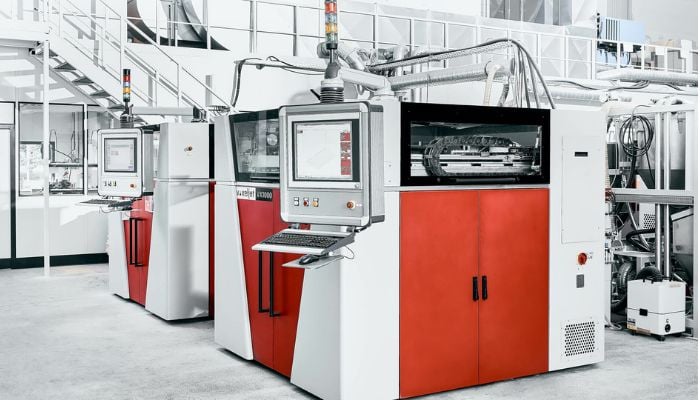
Photo Credits: voxeljet
Scientists 3D Print Tiny Elephant Figure Inside Living Human Cell
Researchers in Slovenia reported that for the first time, the fabrication of custom-shaped polymeric microstructures directly inside living cells using two-photon polymerization has been successfully demonstrated. The team aimed to investigate the potential of 3D printing at a subcellular level. To achieve this, they 3D printed various shapes in live cells, including a 10 µm elephant and barcodes for cell tracking. They began by injecting photoresists into the cells, and then selectively polymerized them with a femtosecond laser. Any unpolymerized photoresist dissolved naturally within the cytoplasm, leaving behind stable intracellular structures with submicron resolution. The researchers claim that their approach “could open new avenues for various applications, including intracellular sensing, biomechanical manipulation, bioelectronics, and targeted intracellular drug delivery. Moreover, these embedded structures could offer unprecedented control over the intracellular environment, enabling the engineering of cellular properties beyond those found in nature.” Remarkably, the cells stayed alive for multiple hours after being printing sites, although they all died eventually, causing the researchers to note that the printing material was likely cytotoxic.
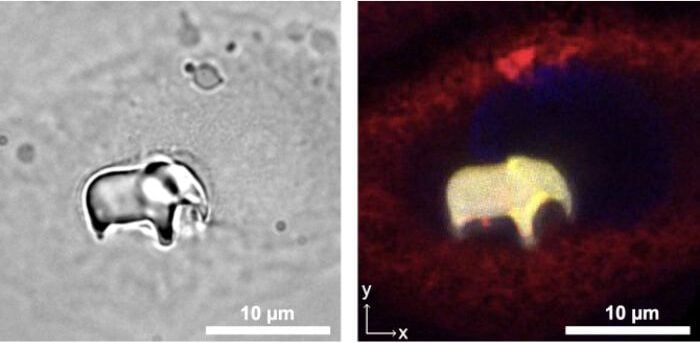
Microscopic elephant figure inside a live cell (Image Credits: Mur et. al.)
A 3D Printed Chair
You’re probably wondering what the innovation behind this chair is, apart from the fact that it’s 3D printed. Yes, this isn’t the first chair to use additive manufacturing. This project is special in that the chair was 3D printed in one go. Nothing was assembled – no screws, no additional parts were required. It’s a collaborative project led by design studio Jouin Manku and involving Dassault Systèmes and the printing service ERPRO. ERPRO explains that the chair took 35 hours to print on an EOS SLS machine. It took the same amount of time to cool the polyamide part. A project that demonstrates the creative potential of additive manufacturing
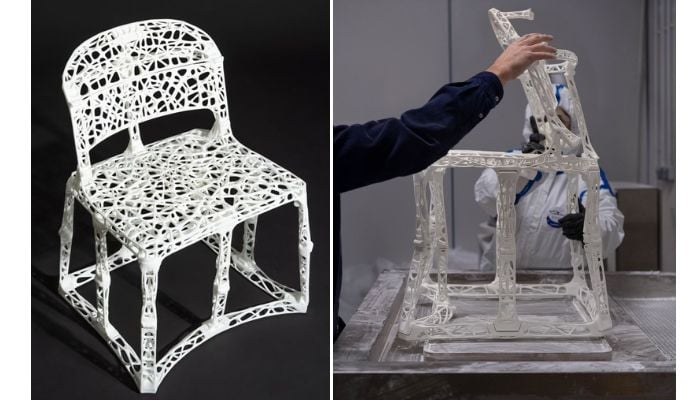
Photo Credits: ERPRO/Cyrille Vue
What do you think of Trumpf’s decision to divest from its LPBF business? Let us know in a comment below or on our LinkedIn or Facebook pages! Plus, don’t forget to sign up for our free weekly Newsletter to get the latest 3D printing news straight to your inbox. You can also find all our videos on our YouTube channel.
*Cover Photo Credits: Trumpf






